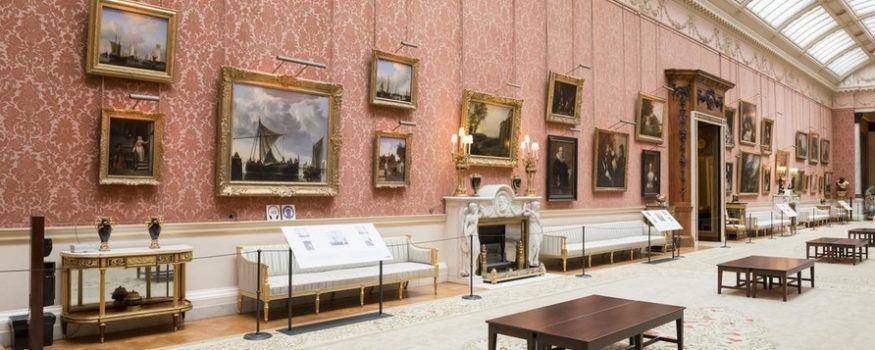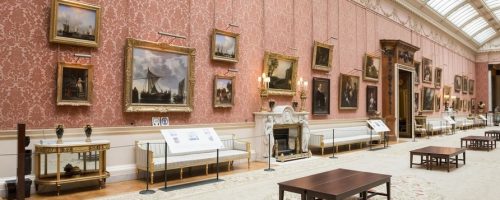Royal Collection Trust / © Her Majesty Queen Elizabeth II 2020
From 4 December 2020 to January 2022, 65 paintings which are widely acknowledged to be the highlights of the Royal Collection will be brought together in the Queen’s Gallery, Buckingham Palace for the first time. In Masterpieces from Buckingham Palace, spectacular works by artists such as Titian, Rembrandt, Vermeer, van Dyck and Canaletto can be enjoyed ‘close up’, and visitors will be encouraged to consider the artists’ intentions, why the paintings were highly prized in their day and why we would now consider these works to be ‘masterpieces’.
The exhibition has been made possible by the removal of the paintings from Buckingham Palace’s Picture Gallery, where they usually hang, to prepare for the next phase of the Reservicing Programme. This major ten-year project will overhaul the Palace’s essential services, including lead pipes and aging electrical wiring and boilers, to ensure the building is fit for the future as an official residence of the Sovereign and a natural asset for generations to come.
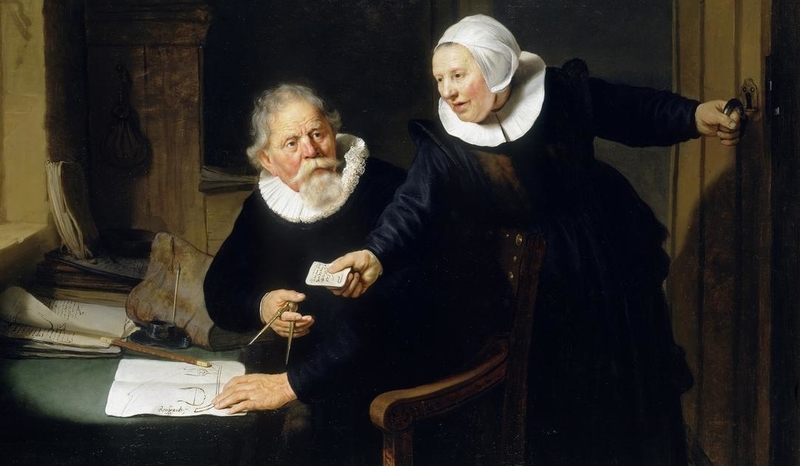
‘The Shipbuilder and his Wife’, Rembrandt, 1633. Royal Collection Trust / © Her Majesty Queen Elizabeth II 2020
One of the themes explored in the exhibition is the artists’ masterly use of paint. In Ruben’s Self Portrait, 1623, thinly applied pigment brilliantly conveys the translucent quality of flesh, and blue and red highlights help create the impression three dimensions. The furrowed brows, weather-beaten cheeks and wrinkled skin of Griet Jans and Jan Rijcksen in Rembrandt’s The Shipbuilder and his Wife, 1633, appear to have been sculpted out of paint. Frans Hals’ serrated brushstrokes on the right-hand sleeve of his Portrait of a Man, 1630, convey the shimmering effect of light on luxurious black satin.
Several of the paintings have a mesmerising realism, in many cases enhanced by the use of illusionistic design. Compositional devices such as the false window ledges in Rembrandt’s Agatha Bas, 1641, The Grocer’s Shop by Gerrit Dou, 1672, and Jan Steen’s A Woman at her Toilet, 1633, project people, objects and scenes into the viewer’s space. In Lorenzo Lotto’s Portrait of Andrea Odoni, 1527, the sitter appears to reach out the of the painting, offering the statue of Diana to the observer.
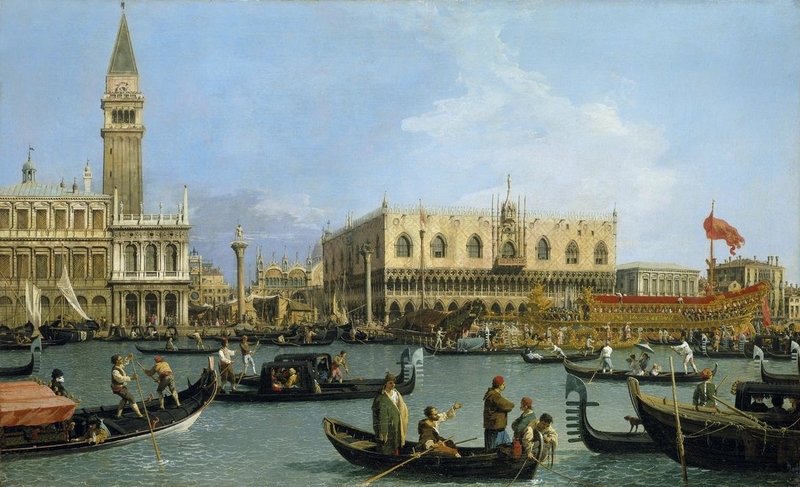
‘The Bacino di San Marco on Ascension Day’, Canaletto, 1733-4. Royal Collection Trust / © Her Majesty Queen Elizabeth II 2020
In other works, atmosphere, rather than precise detail, brings people and places to life. The rowers heaving their oars in Canaletto’s The Bacino di San Marco on Ascension Day c. 1733-4, transport the viewer to the lively festival celebrating Venice’s marriage to the sea, while David Teniers the Younger’s Fishermen on the Sea Shore, c. 1638 conveys the realities of hard work.
Other works are imbued with an idealism drawn from the study of classical art, as seen in Parmigianino’s Pallas Athene, c. 1535, and Guido Reni’s Cleopatra with the Asp, c. 1628. More direct quotations from the Antique are found in van Dyck’s Christ Healing the Paralytic, 1618-19, and in Titian’s Madonna and Child with Tobias and the Angel, c. 1537.
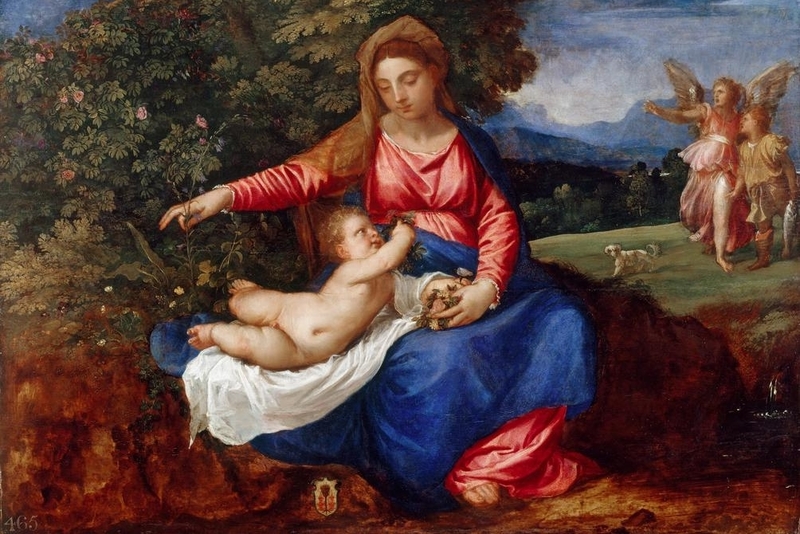
‘Madonna and Child with Tobias and the Angel’, Titian, c. 1537. Royal Collection Trust / © Her Majesty Queen Elizabeth II 2020
Masterpieces from Buckingham Palace will be accompanied by a display charting the evolution of the Palace’s Picture Gallery after the acquisition of Buckingham House by George III and Queen Charlotte in 1762. Their picture arrangements, a mix of Dutch, Flemish and Italian works, continue to influence the hang in the Picture Gallery to this day. 34 of the paintings in the exhibition were acquired by their son, George IV, who commissioned the architect John Nash to transform Buckingham House into the principal royal palace in the 1820s. Part of Nash’s scheme was the creation of the Picture Gallery to show off George IV’s collection of paintings.
During Queen Victoria’s reign, the Picture Gallery was opened to the public for the first time when the royal family was not in residence, and a catalogue of the paintings was sold. In 1851, under the supervision of Prince Albert, the room was redecorated and rehung, and the paintings were uniformly reframed. Today, the Picture Gallery can usually be enjoyed as part of the annual Summer Opening of Buckingham Palace.



